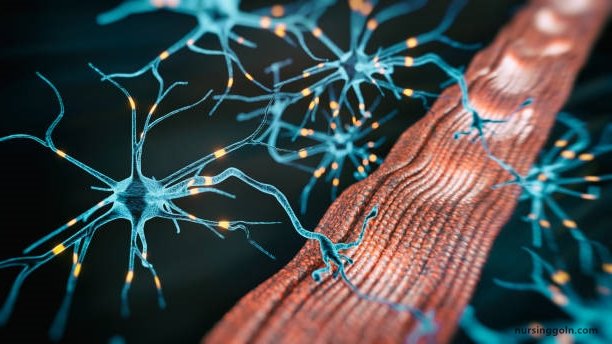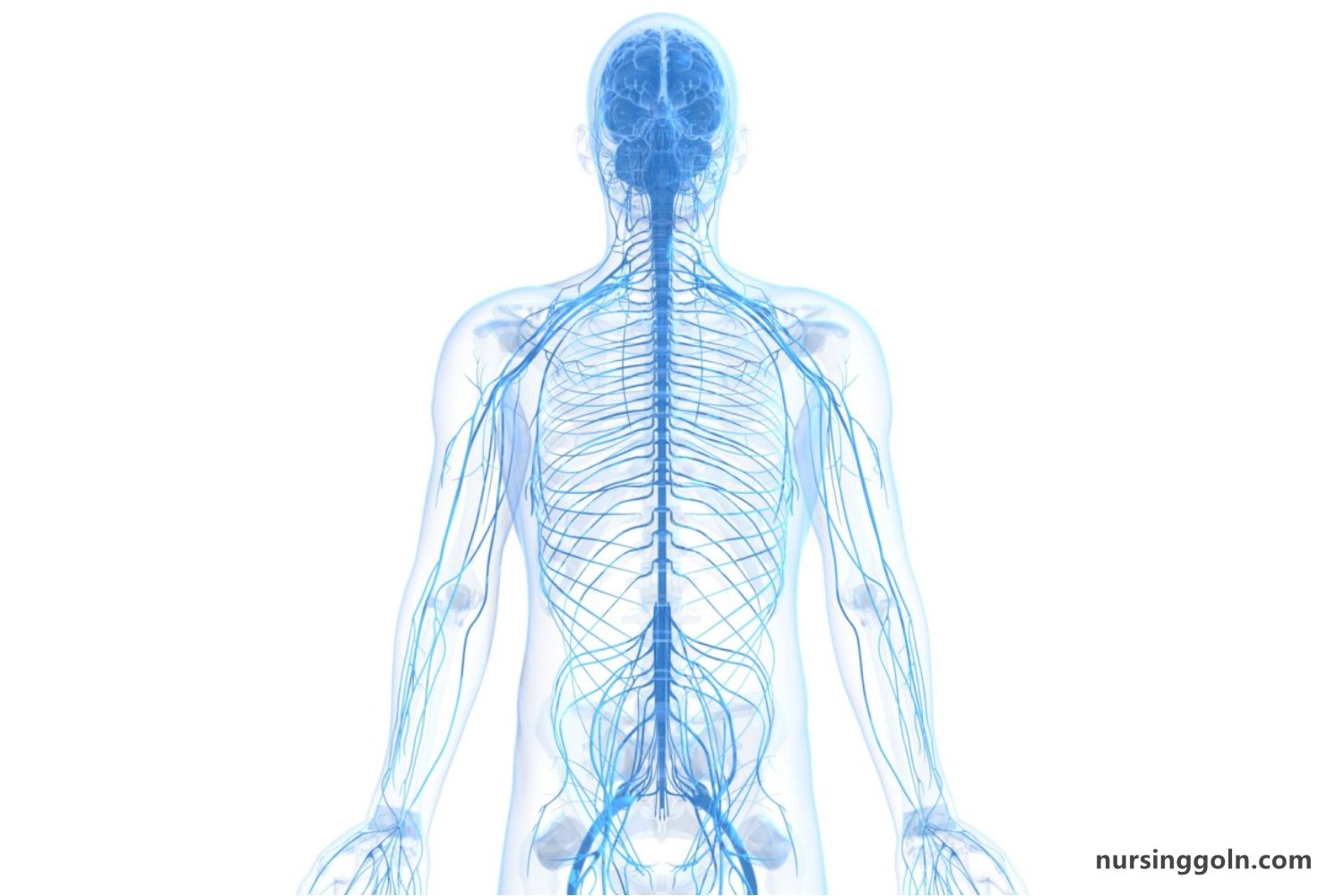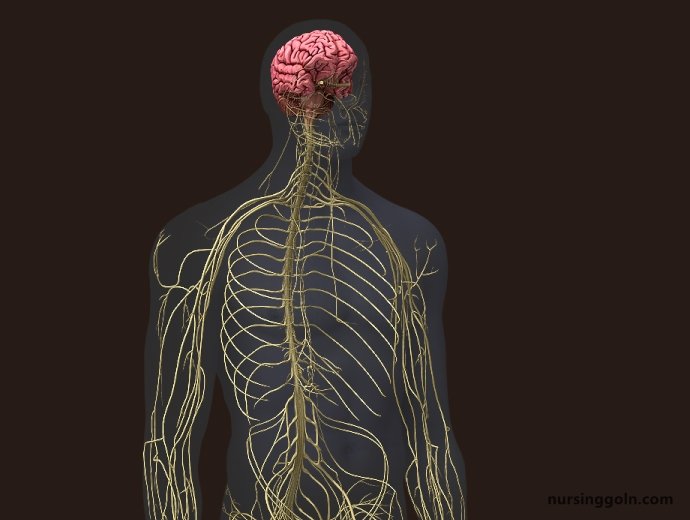Today our topic of discussion is ” The Peripheral Nervous System “. In the vast landscape of the human body, the nervous system operates as an intricate network of communication lines. While the Central Nervous System (CNS) is often at the forefront of discussion, equally essential is its counterpart: the Peripheral Nervous System (PNS).
Bridging the CNS to the body’s extremities, the PNS plays a pivotal role in orchestrating our interactions with the world. This article delves into the anatomy and significance of the PNS, offering a comprehensive insight into its multifaceted realm.

The Peripheral Nervous System: Anatomy of the Nervous System
1. Foundations: Defining the PNS
The PNS comprises all neural structures outside the brain and spinal cord. Acting as a relay between the CNS and the rest of the body, it facilitates sensory information input and motor response output.
2. The Nerve Highway: Cranial and Spinal Nerves
The PNS is primarily made up of nerves, which are bundles of axons. These are categorized into:
- Cranial Nerves: Twelve pairs of nerves that emanate directly from the brain, serving the head and neck. Notable examples include the optic nerve (vision) and the vagus nerve (parasympathetic control of internal organs).
- Spinal Nerves: Thirty-one pairs arise from the spinal cord, connecting it to the rest of the body. Each spinal nerve caters to a specific body segment or dermatome.
3. Sensory and Motor Divisions: Dual Functions of the PNS
Broadly, the PNS has two main divisions:
- Sensory (Afferent) Division: Comprises sensory neurons that relay information from sensory receptors to the CNS.
- Motor (Efferent) Division: Consists of motor neurons that convey commands from the CNS to muscles, glands, and other effector organs.

4. The Autonomic Nervous System: Involuntary Control
A subset of the motor division, the Autonomic Nervous System (ANS), governs involuntary functions like heartbeat and digestion. It further divides into:
- Sympathetic Division: Often termed the “fight or flight” system, it prepares the body for stressful situations, increasing heart rate and dilating pupils.
- Parasympathetic Division: Dubbed the “rest and digest” system, it promotes calm and facilitates bodily maintenance processes.
5. Somatic Nervous System: Voluntary Actions
Another subset of the motor division, the Somatic Nervous System (SNS), controls voluntary muscle movements. It uses motor neurons to relay commands from the CNS to skeletal muscles.

6. Nerve Structure and Classification
Nerves can be:
- Sensory Nerves: Carry sensory information.
- Motor Nerves: Transmit motor instructions.
- Mixed Nerves: Combine both sensory and motor functions.
Each nerve is enclosed in connective tissue sheaths, with individual nerve fibers wrapped in endoneurium, groups of fibers bundled into fascicles (surrounded by perineurium), and the entire nerve protected by epineurium.
7. Reflex Arcs: The Body’s Rapid Response System
Reflexes are automatic, rapid responses to stimuli, bypassing the brain’s conscious control. They involve a sensory receptor, an afferent neuron, an integration center (usually the spinal cord), an efferent neuron, and an effector.

8. Receptors: The PNS’s Sensory Outposts
For the PNS to collect information, it employs various receptors sensitive to stimuli like temperature, pressure, and light. These include:
- Mechanoreceptors: Respond to physical deformation.
- Thermoreceptors: Detect changes in temperature.
- Photoreceptors: Sense light (found in the eyes).
- Nociceptors: Recognize pain-causing stimuli.
9. Disorders of the PNS
Several ailments can afflict the PNS:
- Neuropathy: Damage to peripheral nerves, often resulting in numbness or pain.
- Guillain-Barré Syndrome: An autoimmune attack on the PNS, leading to weakness and paralysis.
- Bell’s Palsy: Temporary paralysis of facial muscles due to inflammation of the facial nerve.

10. Conclusion: The Unseen Communicator
The Peripheral Nervous System, though less celebrated than the CNS, is a marvel in its own right. It serves as the bridge between our brain and spinal cord and the vast expanse of our body, ensuring seamless interaction with our surroundings. By understanding its anatomy and functionalities, we not only gain insight into its significance but also appreciate the sophisticated interplay of systems that allows us to experience the world in all its vibrancy.
Read more:
